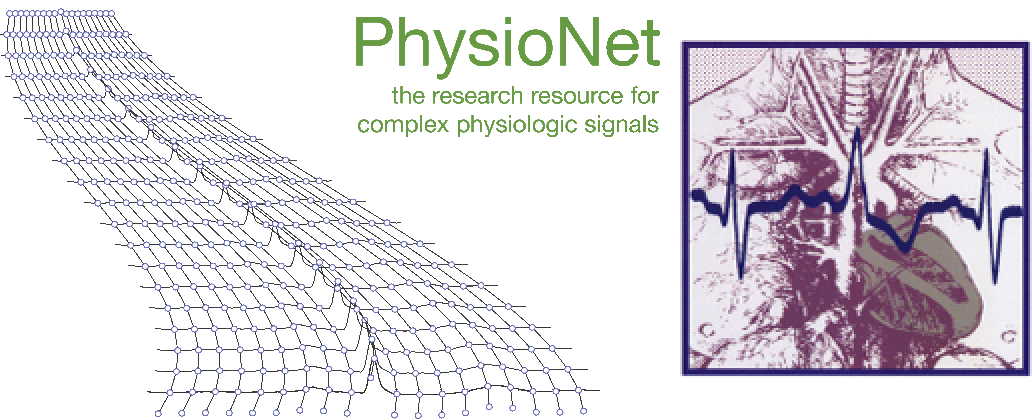- Registration form
- Example MATLAB and Python submissions and scoring code
- Submission instructions and form
- Leaderboard, results, and papers
- Public discussion forum
- Rules and deadlines
- Current and general FAQs
- About
Session P73.4
Some Important R-R Interval Based PAF Predictors
D. Gamberger, T. Smuc
Rudjer Boskovic Institute
Zagreb, Croatia
Objective: The paroxysmal atrial fibrillation (PAF) prediction challenge and the availability of its database stimulated a series of machine learning experiments. The result is detection of some promising PAF predictors.
Methods: In the research some descriptors that could be easily
generated by Physio Toolkit have been used. In the first group are
descriptors generated by fft function representing amplitudes of
the frequency spectrum for the input ECG signal. The other group are
descriptors extracted from available QRS files by rdann function
with information about R-R interval dynamics. In total 85 descriptors
have been constructed and used to build rules for PAF prediction, both
from records immediately and non-immediately preceding the episode of
PAF.
Summary of results: The important PAF predictors detected in the used set of 85 descriptors are: a) R-R interval measured after some very long R-R interval. Maximal duration of such interval less than 400 msec is a PAF predictor. b) R-R interval measured after two very short intervals. If minimal duration of such interval is different from absolutely the shortest measured interval for more than 650 msec it is a PAF predictor. c) Maximal difference of two very near R-R intervals. If this difference is more than 300 msec it is a sign that a PAF episode might immediately follow. d) Peak amplitude value in the upper half of the frequency spectrum. Very high peak value is a PAF predictor. These and some other induced predictors can be combined into rules which can help in PAF prediction. Preliminary result in the screening problem is 31 out of 50.
Supported by the National Institute of Biomedical Imaging and Bioengineering (NIBIB) under NIH grant number R01EB030362.
© PhysioNet Challenges. Website content licensed under the Creative Commons Attribution 4.0 International Public License.
